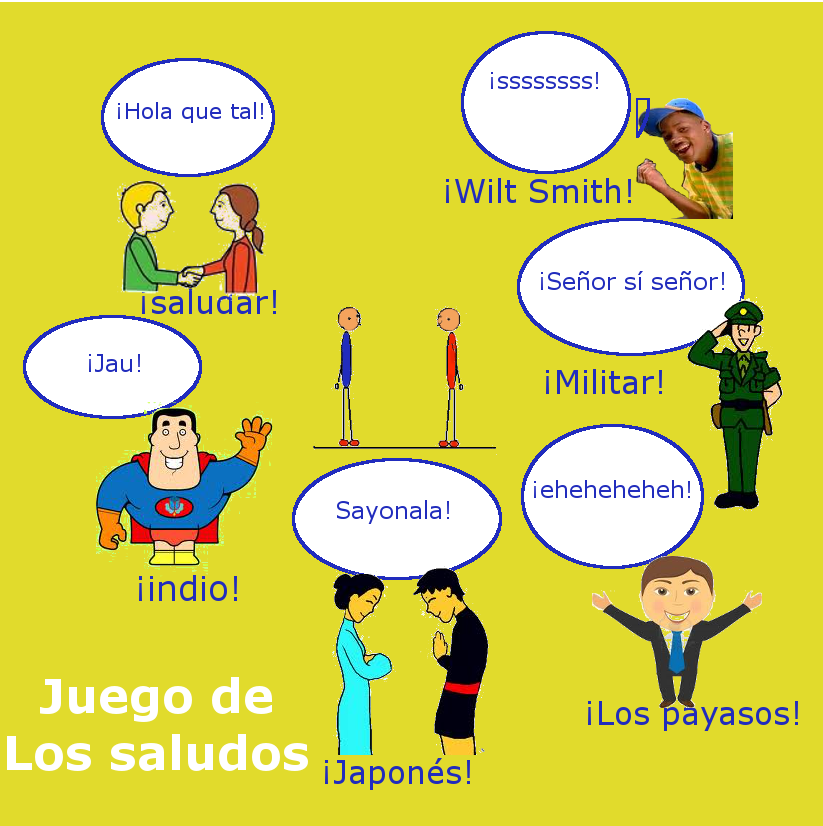Global Greetings: 5 Ways to Say Hello Around the World
Ever find yourself awkwardly fumbling through a greeting in a foreign land? We've all been there. It's that split-second moment where a simple "hello" can become a cultural minefield. This exploration of five global greetings aims to equip you with the knowledge to navigate these intercultural encounters with grace and understanding.
So, what are these five magical greetings? Well, they represent a diverse spectrum of human interaction, ranging from the firm handshake of the West to the elegant bow of the East. We'll delve into the history, cultural context, and even the potential pitfalls of each greeting, giving you a comprehensive guide to saying hello like a pro, no matter where you are.
The history of greetings is as old as human interaction itself. Think about it – from the earliest tribes to modern metropolises, greetings have served as a fundamental building block of social connection. They signal intention, establish hierarchy, and, most importantly, open the door for communication. Different forms of greeting – from elaborate rituals to simple gestures – evolved over time, reflecting the unique values and customs of each culture.
The significance of understanding global greetings can't be overstated in our increasingly interconnected world. Whether you're a seasoned traveler, a business professional engaging with international clients, or simply curious about other cultures, knowing how to greet someone appropriately demonstrates respect and fosters positive relationships. It’s about more than just saying "hello"; it’s about showing you care enough to understand and appreciate another person's cultural background.
One of the biggest issues surrounding global greetings is the potential for miscommunication and cultural faux pas. A seemingly innocuous gesture in one culture could be considered offensive in another. For example, a firm handshake, a standard greeting in many Western cultures, might be perceived as aggressive in some Eastern cultures where a gentle bow is preferred. That's why understanding the nuances of these greetings is so crucial.
Let's explore some examples. The Japanese bow, with its varying degrees of incline, reflects the level of respect and formality. The traditional Māori hongi, involving the pressing of noses and foreheads, signifies the sharing of breath and life essence. A handshake in Western culture represents trust and agreement. The wai in Thailand, a slight bow with hands pressed together, shows respect and gratitude. Lastly, the beso, a common greeting in Latin America and parts of Europe, involves a light cheek kiss, symbolizing warmth and affection.
The benefits of understanding diverse greeting customs are numerous. First, it enhances communication and builds rapport. Second, it demonstrates cultural sensitivity and respect. Third, it can open doors to new opportunities, both personally and professionally. Imagine the positive impression you can make on a potential business partner by greeting them in their customary way.
Advantages and Disadvantages of Different Greetings
| Greeting | Advantage | Disadvantage |
|---|---|---|
| Handshake | Universally understood in business contexts | Can be seen as too informal or aggressive in some cultures |
| Bow | Shows respect and humility | Depth of bow can be confusing for those unfamiliar with the custom |
| Beso | Conveys warmth and friendliness | Can be uncomfortable for those from cultures with less physical contact |
| Wai | Polite and respectful | May be misinterpreted by those unfamiliar with Thai culture |
| Hongi | Creates a strong sense of connection | Very culturally specific and may not be appropriate outside of Māori contexts |
Five best practices for global greetings: 1. Research beforehand. 2. Observe and mirror. 3. Be mindful of personal space. 4. Smile genuinely. 5. Be adaptable and forgiving.
Five real-world examples: A businessperson bowing to a Japanese client, a tourist learning the wai in Thailand, a diplomat shaking hands with a foreign leader, a student practicing the beso with a Spanish-speaking friend, a traveler witnessing the hongi in New Zealand.
Five challenges and solutions: 1. Uncertainty about the appropriate greeting – Solution: Observe locals. 2. Fear of making a mistake – Solution: Apologize and learn. 3. Language barriers – Solution: Use gestures and non-verbal cues. 4. Cultural differences in personal space – Solution: Respect boundaries. 5. Conflicting customs – Solution: Default to the host culture's customs.
FAQs: 1. What is the most common greeting in the world? 2. How do I greet someone in China? 3. Is it okay to hug someone I just met? 4. What if I accidentally offend someone with my greeting? 5. Why are greetings important? 6. How do I learn more about global greetings? 7. Are there gender differences in greetings? 8. How do greetings evolve over time?
Tips and Tricks: Watch videos, practice with native speakers, and don't be afraid to ask questions.
In conclusion, navigating the world of global greetings can feel like a delicate dance, but it's a dance worth learning. By understanding the nuances of different greeting customs, you not only avoid cultural faux pas but also demonstrate respect, build rapport, and open doors to new connections. From the firm handshake to the gentle bow, each greeting tells a story about a culture's values and traditions. Embracing these differences fosters understanding and strengthens our increasingly interconnected world. So, the next time you encounter someone from a different cultural background, take a moment to consider the appropriate greeting. It's a small gesture that can make a big difference. Step outside your comfort zone, embrace the diversity of human interaction, and watch as the world opens up to you. Go forth and greet!
Po box 93122 ca 90809
Inking identity the rise of controversial neck tattoos in hip hop
Unlocking the world of site da caixa jogos a guide to brazilian lotteries














